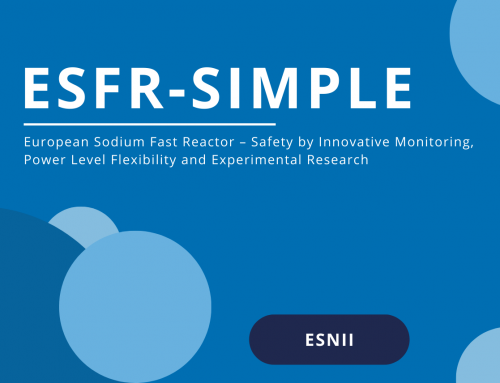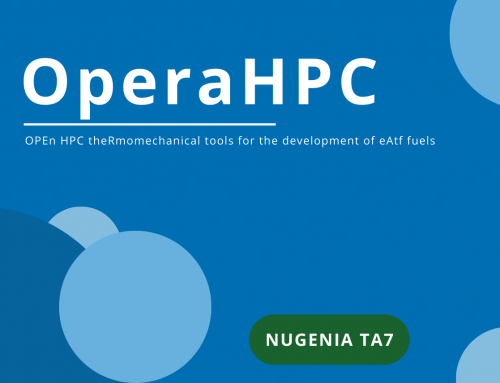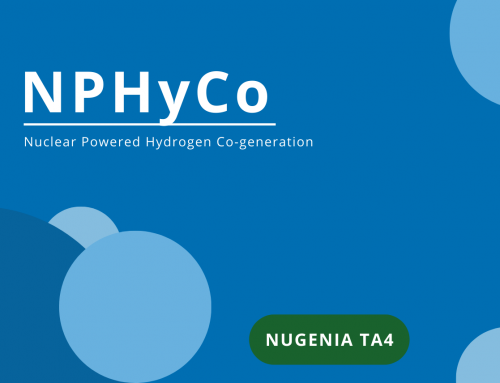
OBJECTIVES
The project mainly aims at consolidating assessments of the radiological consequences (RC) of explicit DBA and DEC-A reactor accidental situations through updated calculation schemes and harmonized methodologies from which some rationales for EP&R action optimisation will be derived. It will focus on Loss of Coolant Accidents (LOCA) and the Steam Generator Tube Rupture (SGTR) accidents. The second main objective is to increase the safety of NPPs under operation or foreseen in Europe through innovative ideas by providing analytical rationales for the development of innovative measures, devices and tools for an anticipated diagnosis but also the management and the mitigation of these accidents.

EXPECTED IMPACTS
The project will contribute to the following expected impacts :
- Provide a harmonized methodology for safety analysis of radiological consequences in DBA and DEC-A LOCA and SGTR accidents which will be applicable to all the existing European NPP designs
- Elaborate syntheses of existing knowledge and new knowledge gained during the project concerning radiological consequences in DBA and DEC-A accidents.
- Improve simulation codes and widely share these developments and associated rationales within the consortium thus reinforcing the participant’s competences on evaluating the consequences of those accidental configurations
- Reinforce research cooperation on reactor safety at EU level by bringing together research organizations, TSOs, utilities and designers from different countries, with the synergic effect of having both fuel safety research community and the source term community contributing together to the same goal.

HIGHLIGHTS
The project will provide knowledge, data and improved calculation tools and schemes to all participants, which will reinforce their competence on best estimate evaluation of DBA and DEC-A consequences for LOCA and SGTR. The results of the project will not be limited to any plant design or reactor type but can be applied in all existing (VVER, CANDU, GenII-PWR, GenII-BWR) or future water cooled NPPs (GenIII-PWR, BWR, SMR) in Europe. It will evidence the efficiency of updated tools and evaluation methodologies to optimize the evacuation plans as well as their usefulness to quantify the gains that can be expected from innovative devices, passive systems and advanced technological cladding and fuel concepts under development worldwide. Finally, it will address the ability of expert systems developed from existing prognosis simulation codes to help diagnose a potential accidental situation.

PARTNERS
IRSN/ENEA/BOKU/ARB/NINE/Bel V/LEI/TRACTEBEL/JRC/VTT/EK/HZDR/POLIMI/UJV-NRI/ SSTC-NRS/EDF/CIEMAT

DURATION & BUDGET
09/2019 – 08/2023 – 4 years
3,2 Million Euros

CONTACT
Technical Project Leader:
Nathalie GIRAULT (IRSN)
Email: nathalie.girault@irsn.fr

EVENTS
A workshop open to large audience should be organized at mid-term of the project in October 2021, dedicated to the project methodology and the results of the first series of accidental scenario calculations.

FOR DOWNLOAD

WEBSITE AND SOCIAL MEDIA
Check out the project website.
Join the project’s LinkedIn group.

This project has received funding from the Euratom H2020 programme 2014-2018 under grant agreement No 847656.




